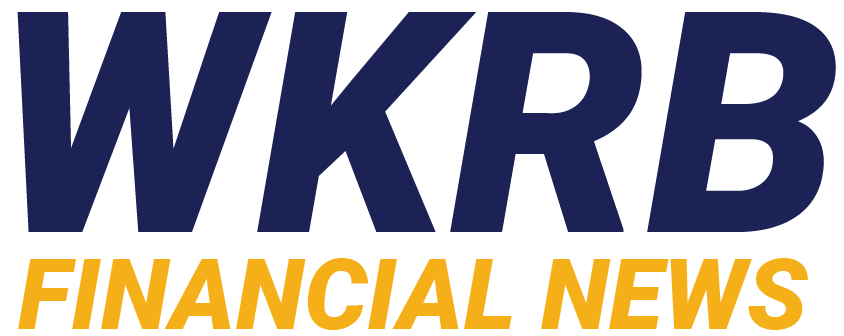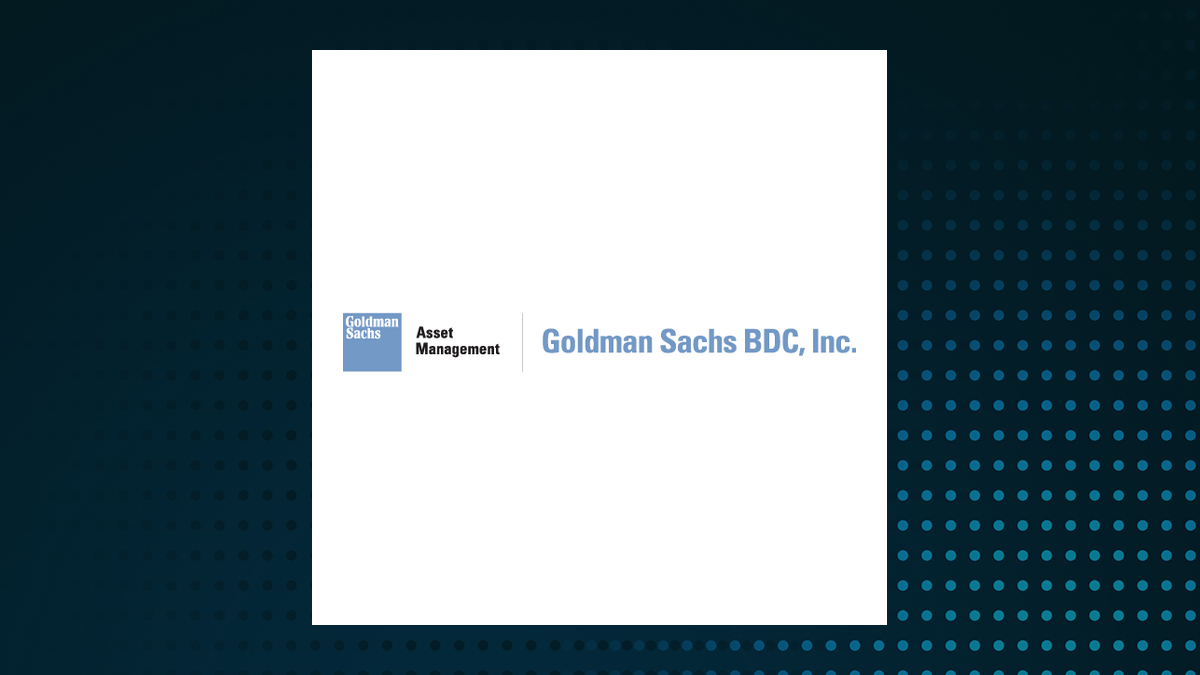Goldman Sachs BDC, Inc. (NYSE: GSBD) recently disclosed in an 8-K filing with the Securities and Exchange Commission that on February 7, 2025, the company borrowed $365.0 million under its senior secured revolving credit agreement. This borrowing was utilized, alongside existing cash reserves, to repay $360.0 million in aggregate principal amount outstanding, along with accrued and unpaid interest, on its 3.75% senior notes due in 2025, which were set to mature on February 10, 2025. This repayment effectively resulted in the complete fulfillment of the company’s obligations under the aforementioned Notes.
As a consequence of this drawdown, Goldman Sachs BDC now retains approximately $626.3 million in borrowing capacity under the Revolving Credit Facility. The proceeding 8-K filing also mentioned that on February 10, 2025, the company made a full payment of the outstanding $360.0 million principal amount to Computershare Trust Company, National Association (the successor to Wells Fargo Bank, National Association), the trustee for the holders of the Notes. This payment was inclusive of all accrued and unpaid interest, thereby settling the company’s obligations firmly.
Given these recent financial maneuvers, Goldman Sachs BDC, Inc. is strategically adjusting its financial arrangements to ensure continued operational liquidity and financial stability.
This article was generated by an automated content engine and was reviewed by a human editor prior to publication. For additional information, read Goldman Sachs BDC’s 8K filing here.
Goldman Sachs BDC Company Profile
Goldman Sachs BDC, Inc is a business development company specializing in middle market and mezzanine investment in private companies. It seeks to make capital appreciation through direct originations of secured debt, senior secured debt, junior secured debt, including first lien, first lien/last-out unitranche and second lien debt, unsecured debt, including mezzanine debt and, to a lesser extent, investments in equities.
See Also
- Five stocks we like better than Goldman Sachs BDC
- Expert Stock Trading Psychology Tips
- META Stock: Insider Selling Ramps Up—What It Means for Investors
- Stock Trading Terms – Stock Terms Every Investor Needs to Know
- 3 Chip Stocks Still Trading 50% Below Their 52-Week Highs
- What Are Dividend Contenders? Investing in Dividend Contenders
- U.S. Steel: Will Trump-Backed Nippon Investment Drive Upside?

